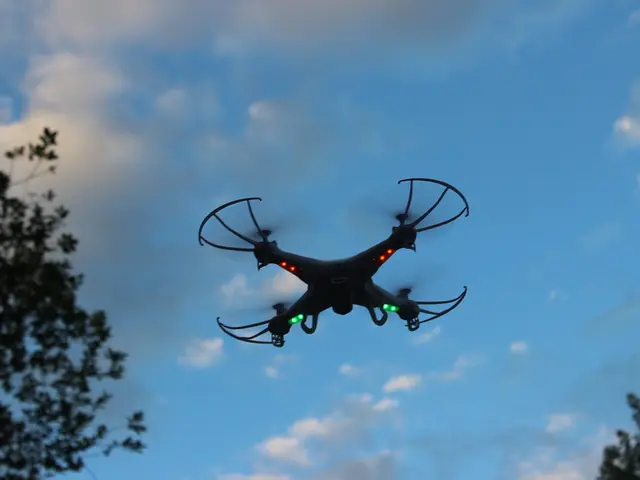Fourteenth Millionth Security Pass Ceremoniously Granted
The 14 millionth Austrian biometric security passport was officially handed over in a ceremonial event at the Ministry of the Interior. Federal Minister Gerhard Karner and General Director of the Austrian Security Printing Company (OeSD), Helmut Lackner, were present at the occasion.
The ceremony marked a significant milestone in the country's efforts to provide secure and reliable identity documents for its citizens. Speaking at the event, Federal Minister Karner reiterated the importance of the Austrian passport, stating that it is a "secure and reliable companion for all Austrians."
The biometric security passport, in use since 2006, includes numerous analog security features such as security laminate, modern UV printing, guilloches, multicoloured iris printing, and various watermarks. However, its primary security lies in the digital realm, with biometric data stored securely on an integrated chip.
This data, which includes facial recognition, fingerprints, and iris scans, helps accurately verify the passport holder’s identity at border control. The passport employs advanced security mechanisms such as Basic Access Control (BAC) and Passive Authentication (PA) to protect against unauthorized eavesdropping and tampering.
The biometric passport also complies with ICAO (International Civil Aviation Organization) standards, ensuring global interoperability and acceptance for international travel. This standardization allows automated and quicker identity verification at border controls worldwide.
The 14 millionth security passport was presented to Mrs. Maria Silberstein in a ceremonial handover. The event was photographed by Jürgen Makowecz.
Federal Minister Karner highlighted the importance of collaboration across departmental and corporate boundaries in protecting identity, emphasizing the long-standing successful cooperation between the Ministry of the Interior, the Federal Chancellery, and the Austrian Security Printing Company in the area of Austrian identity documents.
The Austrian biometric passport integrates facial, fingerprint, and possibly iris biometric data stored in a secure chip, protected by encryption and digital authentication methods to prevent tampering and unauthorized reading. It enables automated, internationally standardized identity verification, significantly improving security and convenience over traditional passports.
[1] European Commission. (2020). Biometric Passports. Retrieved from https://ec.europa.eu/home-affairs/what-we-do/policies/borders-and-visas/biometrics_en [2] ICAO. (2016). Machine-Readable Travel Documents (MRTDs). Retrieved from https://www.icao.int/en/resources/Pages/Machine-Readable-Travel-Documents.aspx [3] European Commission. (2020). Biometric Passports: Data Protection. Retrieved from https://ec.europa.eu/home-affairs/what-we-do/policies/borders-and-visas/biometrics/data-protection_en
The increased emphasis on cybersecurity becomes crucial in ensuring the secure transmission and storage of digital biometric data in the Austrian biometric passport. The advanced security mechanisms employed, such as Basic Access Control (BAC) and Passive Authentication (PA), serve to protect these sensitive details from unauthorized eavesdropping and tampering, ultimately enhancing the technology behind identity verification.








